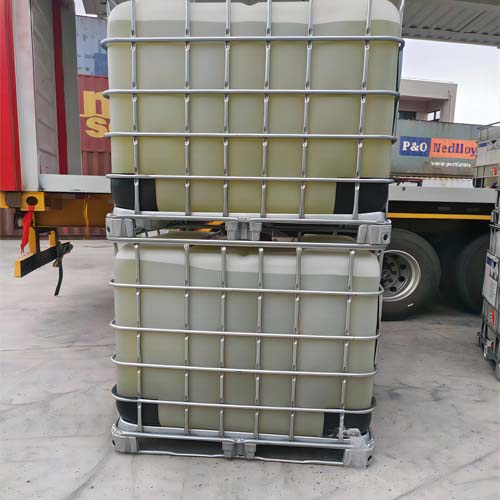
Difference of biocide BK and Biocide MBM:
Bactericide BK and MBM are water-soluble additives frequently used in metalworking fluids and both belong to broad-spectrum bactericides.
Then, what are the differences between the two? There are mainly the following aspects:
Different compositions:The composition of bactericide BK is 1,3,5-tris(2-hydroxyethyl)-hexahydrotriazine. The composition of bactericide MBM is N,N-methylenebis(morpholine).
Different bactericidal effects:Bactericide BK takes effect quickly, but its bactericidal persistence is slightly poorer. Bactericide MBM has better bactericidal persistence, its odor is relatively mild compared with that of BK, it has low skin irritation, and strong formulation compatibility.
Different prices: In the market, the price of bactericide BK is lower than that of MBM.
1. The regular assay of biocide BK and MBM
Firstly, it should be known that the standard content of BK is around 76%, and that of MBM is around 92%. This is the basic criterion for judging whether the products are qualified. For example, if the BK product you purchase claims to be pure but its content is much lower than 76%, it will likely be an unqualified product.
2. Simple detection methods (using a handheld saccharimeter)
Equipment preparation: You need to prepare a handheld saccharimeter which costs about one or two hundred yuan, and it’s better to match it with an electronic balance.
3. Detection of BK:
For BK, test its original solution. If the reading is lower than 76, it may have been mixed with water.
Or test its 10% diluted solution. When the reading is lower than 8.7, it must have been deliberately mixed with water. For example, dilute a certain amount of BK sample with deionized water at a ratio of 1:9 (sample: water), and then measure it with a saccharimeter. If the reading is too low, it is suspicious.
4.Detection of MBM:
The difference in the readings of the original MBM solution is relatively slight, so it is not recommended to judge by reading the original solution.
Focus on testing its 10% diluted solution. Whenever the reading is lower than 9.4, it must have been deliberately mixed with water. For example, under the same dilution conditions, if the value shown on the saccharimeter for MBM is lower than the standard, there may be problems with the product quality.
5. Assisted by precision instruments (if conditions permit)
Automatic potentiometric titrator (for reference and comparison):
For BK, when measured with a precise automatic potentiometric titrator, for example, when the effective content is 76.40%, the reading corresponding to a saccharimeter with a range of 0 – 90 is 77, and the reading of its 10% diluted solution measured with a saccharimeter with a range of 0 – 10 is 8.8. Through the comparison of these data, it can be judged more accurately whether BK is qualified.
For MBM, when the effective content is 93.5%, the reading corresponding to a saccharimeter with a range of 0 – 90 is 73.0, and the reading of its 10% diluted solution measured with a saccharimeter with a range of 0 – 10 is 9.5. Since the absolute difference in the readings of the original MBM solution at different contents is not large enough, it is more recommended to use the reading of the 10% diluted solution for judgment.
6. Abbe refractometer (optional):
If an automatic Abbe refractometer is available at home or in the laboratory, it can also be used to judge whether BK and MBM have been deliberately mixed with water.
If you want to more details about biocide BK, MBM, pls feel free to let us know.

Lorem ipsum dolor sit amet, consectetur adipiscing elit. Ut elit tellus, luctus nec ullamcorper mattis, pulvinar dapibus leo.


Lorem ipsum dolor sit amet, consectetur adipiscing elit. Ut elit tellus, luctus nec ullamcorper mattis, pulvinar dapibus leo.



Contact us right now to get more information, professional advice will be supplied within 12 hours.
You can get a price of this model or send us any question to get any information you would like to know, we will reply to you soonest.